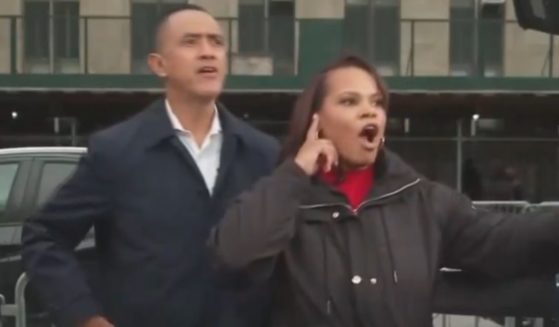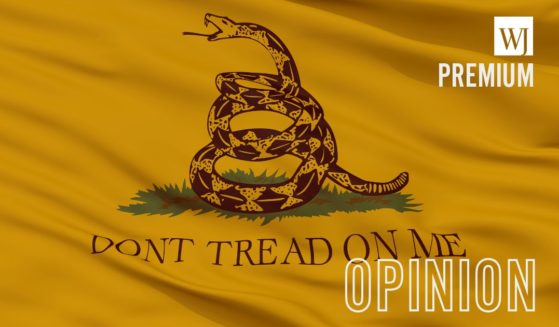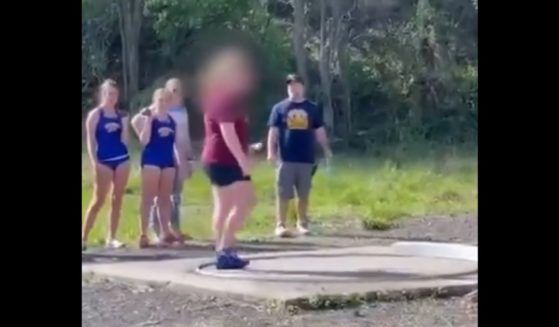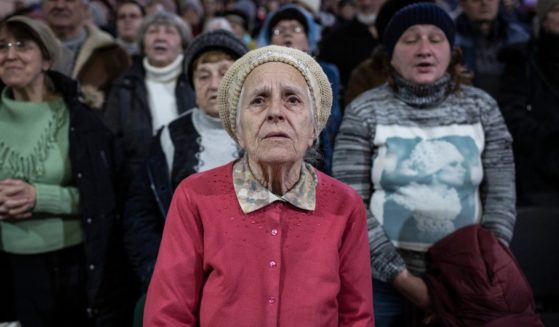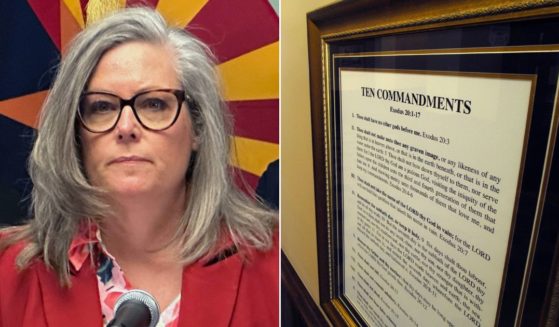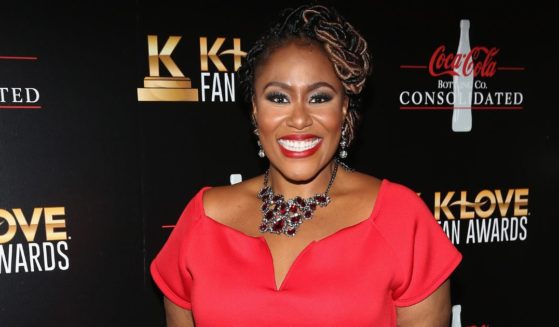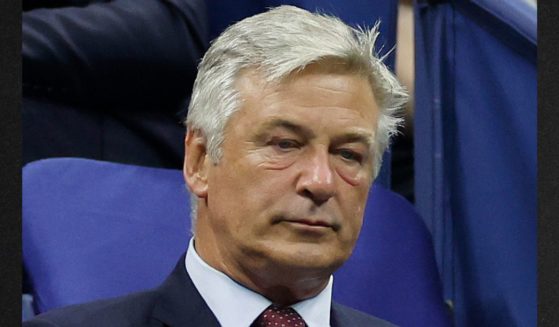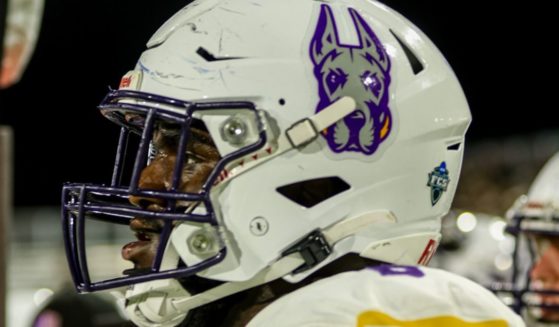AP Explains: How to verify North Korea's nukes
HANOI, Vietnam (AP) — The success of this week’s second summit between President Donald Trump and North Korean leader Kim Jong Un hinges largely on whether Kim proves he’s truly committed to denuclearization.
One of the simplest and surest ways for Kim to do so is by disclosing a detailed, complete inventory of his nuclear program and allowing a robust verification process. But he’s already opposed submitting such a declaration, saying it’s no different from providing the U.S. with a target list.
The summit in Hanoi may end without the submission of a nuclear declaration. But unless Trump wants to settle for the partial denuclearization of North Korea, the issue of a declaration and verification will likely eventually become a major sticking point in future negotiations as it did in past nuclear diplomacy.
A look at the declaration and verification standoff, which sparked the first round of the North Korean nuclear crisis 25 years ago and derailed six-nation diplomacy a decade ago:
___
THE DECLARATION DISPUTE
North Korea’s nuclear program remains shrouded in near-total secrecy. There are outside estimates on the North’s advancing weapons arsenals, but they vary widely.
If Kim really plans to abandon his nuclear ambition entirely as he’s pledged, he can first disclose details about his weapons program such as the number of nuclear warheads and missiles, the amount of fissile materials for bombs and alleged covert uranium-enrichment plants.
Then, he can let the U.S. and others verify his information by allowing them to visit declared sites, take samples, and interview scientists and engineers working there. This kind of verification must come before North Korea takes steps to disable, dismantle or destroy its nuclear facilities so as to prevent it from destroying evidence about its past nuclear activities, said analyst Shin Beomchul of Seoul’s Asan Institute for Policy Studies.
But during a meeting with visiting South Korean President Moon Jae-in in September, Kim said that “a request to submit (the declaration) at a time when confidence between the U.S. and North Korea hasn’t been established is same as requesting to submit a list of places for strikes,” according to Moon’s office.
Shin said Kim “is just trying to find an excuse not to” submit a declaration. He said North Korea can provide an initial declaration without specifying the locations for its nuclear-related assets so it doesn’t have to worry about U.S. attacks, and can declare their locations when it decides to have them denuclearized.
“A full declaration is a dead end because it is tantamount to surrender, and Kim has not surrendered nor will he,” nuclear physicist Siegfried S. Hecker, who has repeatedly visited nuclear facilities in North Korea, wrote in late November on 38 North, a website specializing in North Korea studies.
Hecker said actions like North Korea destroying a key nuclear facility and the U.S. taking steps toward normalizing ties would serve to build the trust required for the North to initiate a phased declaration process.
___
WHAT MATTERS?
It’s no secret North Korea has facilities to produce both plutonium and highly enriched uranium, two key ingredients to manufacture bombs, at its main Yongbyon nuclear complex north of Pyongyang. Its plutonium factories were once the subject of international inspections, and North Korea in 2010 unveiled a small industrial-scale uranium enrichment facility at Yongbyon to a Stanford University delegation that included Hecker.
But it’s not clear exactly how much weapons-grade plutonium or highly enriched uranium has been produced there or where the fissile materials are now. South Korean and other foreign assessments say the North has used some of those materials to build up to 60-70 nuclear warheads, but it’s not known where those weapons are deployed. The North has more than 1,000 ballistic missiles, some of which can be loaded with those bombs, but there is also no reliable information about their exact locations.
“The core of a declaration should be the amount of nuclear materials and warheads, rather than plants that have already been exposed to us,” said analyst Lee Choon Geun of South Korea’s Science and Technology Policy Institute.
Plutonium-related factories are relatively large and generate much heat, making it easier for outsiders to detect. Thus, with satellite photos and reactor details from past inspections, it isn’t too difficult to estimate plutonium inventories. But it’s much more difficult or virtually impossible to estimate uranium inventories because the North is likely running multiple uranium-enrichment plants, experts say.
In South Korea, there has been recent media speculation that the North could end up providing a partial nuclear declaration during the Vietnam summit.
Stephen Biegun, the top U.S. envoy on North Korea, suggested that Washington might not push for a declaration at the start of the North’s denuclearization procedures.
“Before the process of denuclearization can be final, we must also have a complete understanding of the full extent of the North Korean weapons of mass destruction missile programs,” Biegun said in a Jan. 31 speech at Stanford University. “We will get that at some point through a comprehensive declaration.”
___
PAST WRAGGLING
North Korea’s nuclear quest traces back to the late 1950s, when it signed a nuclear cooperation agreement with the Soviet Union. But it still joined the U.N.’s atomic watchdog, the IAEA, in 1974 and the Treaty on the Non-Proliferation of Nuclear Weapons in 1985.
After years of delay, North Korea submitted an inventory of its nuclear facilities and accepted IAEA inspections in 1992. But inconsistences quickly emerged between a North Korean declaration of the amount of plutonium extracted from spent reactor fuel at Yongbyon and an IAEA analysis.
The IAEA demanded special inspections at two undeclared sites. After rejecting that, an angry North Korea announced in 1993 that it was withdrawing from the nonproliferation treaty, touching off the first nuclear crisis. In June 1994, it quit the IAEA.
Tensions were lowered after the U.S. and North Korea signed a landmark disarmament-for-aid deal in October 1994. But the second crisis flared in 2002, when U.S. officials accused North Korea of covertly running a uranium-enrichment program.
Five years of regional disarmament talks involving the U.S., North and South Korea, China, Russia and Japan were subsequently launched in 2003. The six-party talks, held in Beijing in fits and starts, led North Korea to disable key elements at its plutonium-producing facilities at Yongbyon in return for energy, economic and security benefits.
In June 2008, North Korea handed over 18,000 pages of documents on its plutonium program, and a 60-page, partial accounting of its nuclear program that omitted details about nuclear warheads, a uranium-enrichment program and possible nuclear proliferation. The U.S. still responded by removing the North from its terrorism blacklist and relaxed some trade sanctions.
But squabbling erupted soon over how to verify North Korea’s nuclear past.
U.S. officials said North Korea had previously agreed to allow experts to take samples and conduct forensic tests at all of its declared nuclear facilities and undeclared sites. But the North countered that it only agreed to let nuclear inspectors visit its Yongbyon complex, view related documents and interview scientists, and said it would not allow outside inspectors to take samples.
Six-party talks held in December 2008 failed to resolve that dispute and have never been held again.
The Western Journal has not reviewed this Associated Press story prior to publication. Therefore, it may contain editorial bias or may in some other way not meet our normal editorial standards. It is provided to our readers as a service from The Western Journal.
Truth and Accuracy
We are committed to truth and accuracy in all of our journalism. Read our editorial standards.


